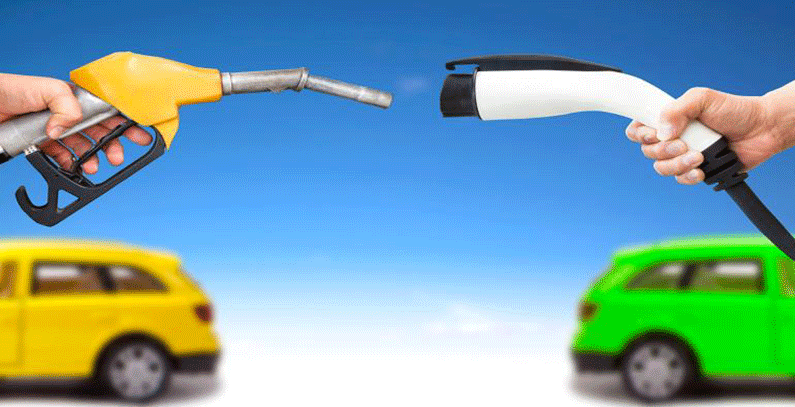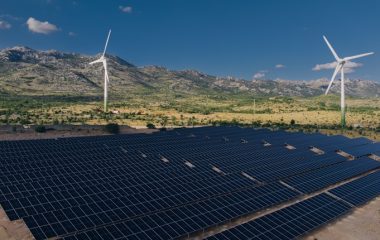
Photo: Thinkstock
Based on the 2015 EU electricity mix, a full electric vehicle (EV) emits around half of the Well to Wheel (WTW) CO2 emissions generated by a conventional car. Expanding the approach to cover the entire life cycle assessment (LCA) performance of EV to include the equipment cycle (batteries, powertrain, glider), the climate change impact of a diesel car amounts to 230% that of a full electric vehicle, a new independent study found.
Life Cycle Analysis of the Climate Impact of Electric Vehicles study was conducted by VUB University in Brussels for NGO Transport & Environment (T&E), their portal announced. T&E also published Electric vehicle life cycle analysis and raw material availability briefing related to the study.
As the automotive industry is on the brink of a major electric transition, environmental performance of EVs has become a highly debated topic. This study and briefing address two critical aspects of this debate, namely the climate impact of EVs and the use of critical metals, including rare earth minerals.
The study’s lifecycle analysis of EVs shows that even when powered by the most carbon intensive electricity in Europe, they emit less GHG than a conventional diesel vehicle. As more renewable electricity enters the European grid, the climate impact of EV will further diminish. Likewise, technological improvement of battery chemistry, the reuse of battery for storage purposes, and the development of a recycling industry for EV batteries will lead to improvements in their sustainability.
Study shows that the availability of critical metals for batteries, such as cobalt and lithium, will not be constrained in the coming decades and won’t stop the EV transition, as some have argued. In the case of lithium, reserves could last for an estimated 185 years. T&E said the extraction of these materials should be certified against high standards to manage environmental and social impacts. However, in the long-term, innovation will help reduce the quantity of critical metals used in EVs.
EVs account for just 1.7% of new vehicles sold in Europe. The European Commission is considering including a zero-emission vehicle sales quota in its proposal for the cars and vans CO2 regulation which is expected in early November.
Serbia has introduced the first charger for electric vehicles on a motorway on the toll station Preševo, on the border with Macedonia, few months ago. Number of electric vehicles in country is insignificant.


















Be the first one to comment on this article.